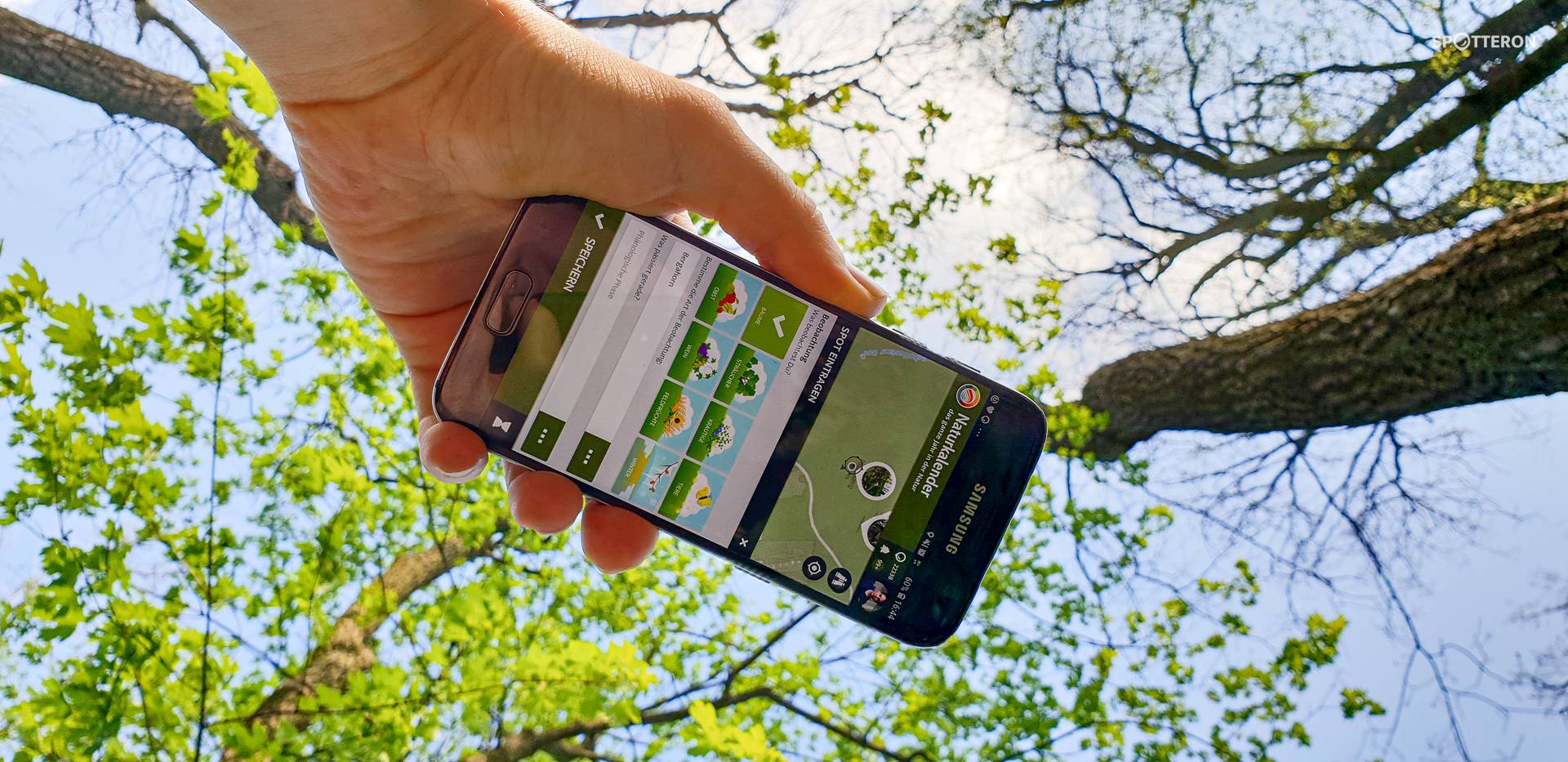Plant Life and Climate Change
The effects of climate change on our environment are evident in the seasonal development of plants throughout the year.
In the 18th century, the value of long-term, institutional records of seasonal developments in the animal and plant world was recognized for agriculture and climate research. This discipline is known as ‘phenology’ and deals with seasonal phenomena such as bud burst, fruit ripening and leaf fall. These observations, along with meteorological data, are among the most vivid indicators of climate change. Therefore, phenology has always played an important role in European weather services.
GeoSphere Austria has been operating a phenological observation network since 1851. This network includes systematic observations from interested citizens regarding plants and animals, which are collected and analysed. Observations can be shared with GeoSphere Austria through paper forms, the website or a mobile applications.
The phenological database of GeoSphere Austria, which contains continuous records dating back to 1946, currently holds over 908,500 observations (as of September 2024). These observations cover 163 different species of animals and plants, making it a unique biological data treasure of great rarity.
As a hub for intra-European cooperation in phenology, GeoSphere Austria also manages the pan-European phenological database. This effort is supported by the Federal Ministry of Education, Science, and Research as well as the Association of European Weather Services. The phenological data from across Europe are freely accessible and available for science, research, and education. By 2024, more than 130 scientific studies had been published based on this data.
- Demonstrating the impact of climate change on the seasonal cycle of plants.
- Observations of the start of flowering are essential for pollen forecasting models.
- Providing information on vegetation dynamics, which significantly influence the global carbon cycle.
- Quality control of vegetation parameters from remote sensing.
- Recording late frost events and optimizing pesticide use in agriculture.
- Documenting climate changes over many centuries, long before modern measurement methods were available.
- Illustrating the effects of climate change on our environment.
- Educational purposes in the field of environmental education.

